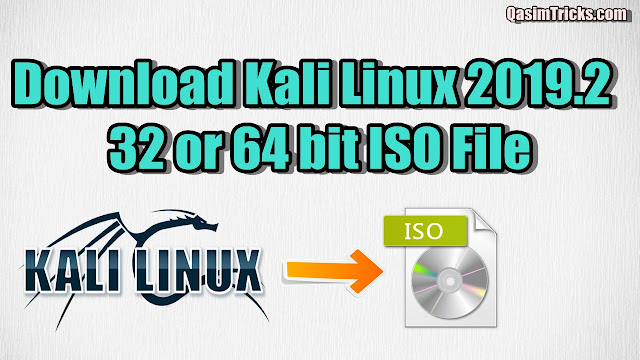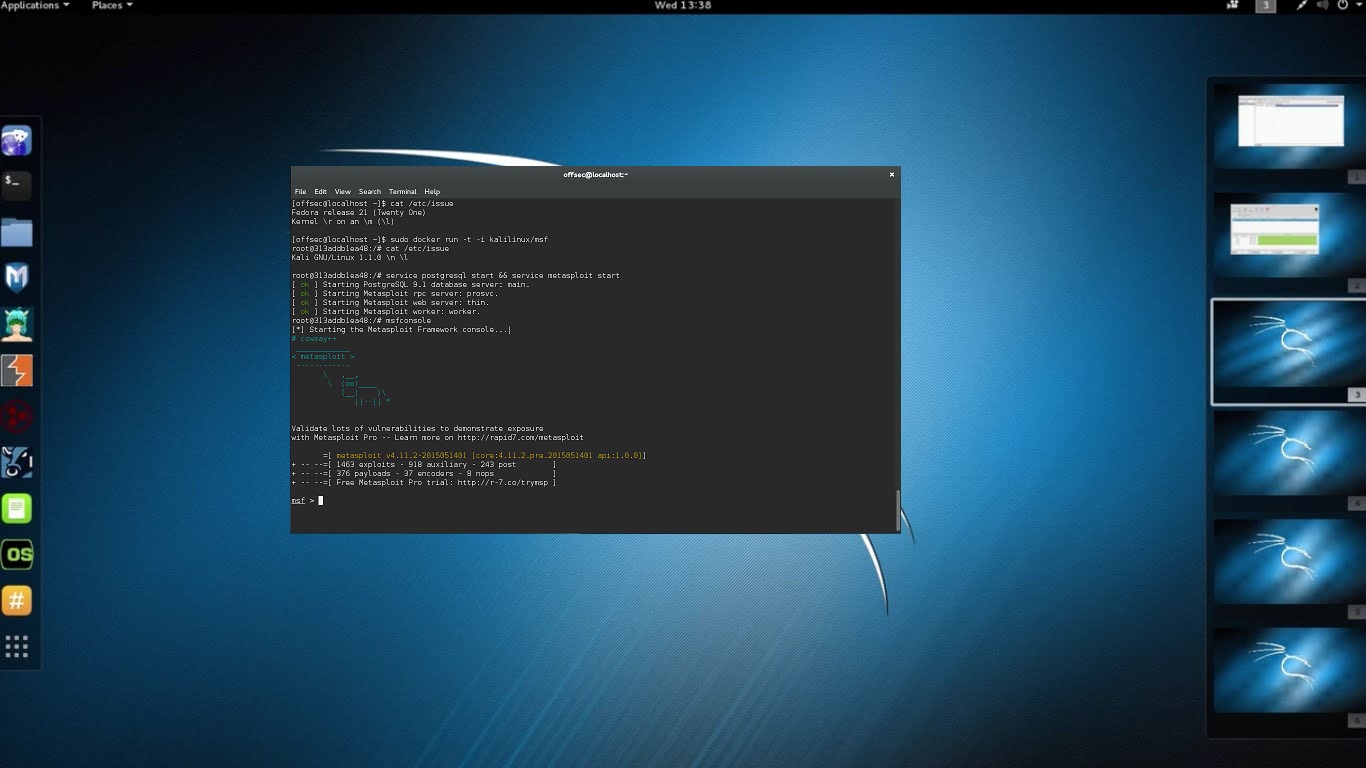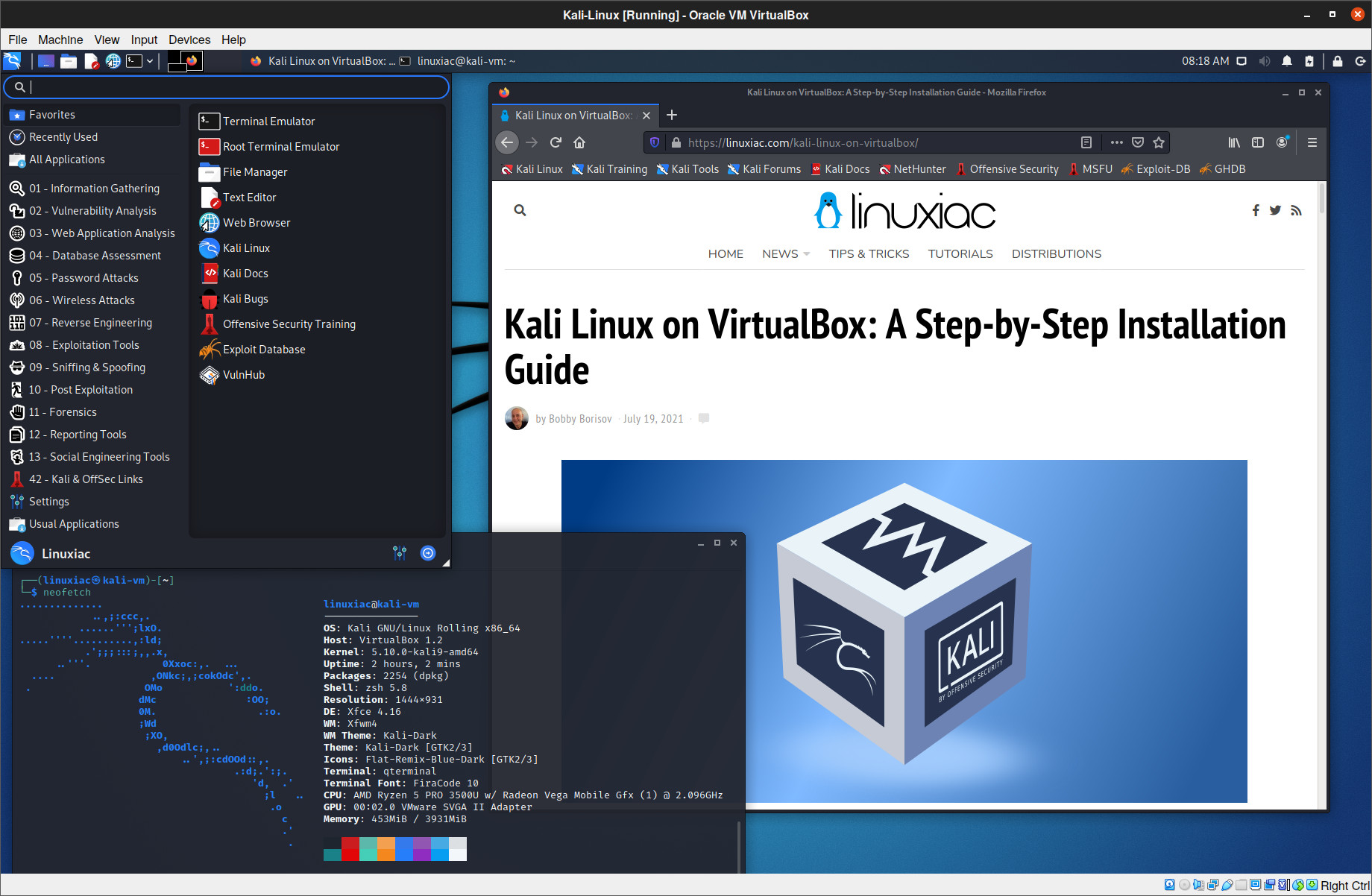

So you can use the USB stick as a conveniently portable Kali Linux platform. When it is copied to a USB stick, you can add a partition for "persistence", where data created or modified while running the Live image will be saved across shutdown and rebooting – and that persistence data can even be encrypted. As with other Linux Live distributions, you can use it to check that your hardware works properly with Kali Linux, but you can go even further than that.

It is a very old installer, primarily text-based, with no spiffy GUI interface. Yes, I can hear a lot of users out there going "Ugh". Full Installer: This is a slightly modified version of the Debian GNU/Linux installer.32-bit (i386) and 64-bit (amd64) versions: Some distributions have dropped 32-bit support, but not Kali.The installation images available on the Kali Downloads page are: So I am going to run down some of the possibilities, in hopes of clearing it up a bit.

Kali is available for installation in a number of different formats, for a number of different systems, and that variety can sometimes be a bit intimidating.


 0 kommentar(er)
0 kommentar(er)
